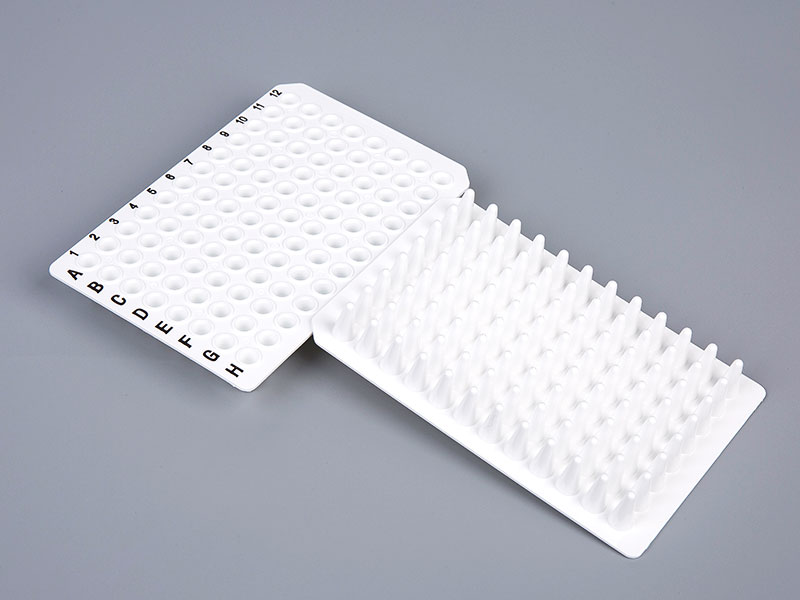What are the key differences between the various membrane materials (PES, CA, PVDF)?
When choosing aseptic vacuum filters for laboratory applications, understanding the differences between membrane materials such as Polyethersulfone (PES), Cellulose Acetate (CA), and Polyvinylidene Fluoride (PVDF) is crucial. Each material offers unique properties that make them suitable for specific types of filtration tasks, impacting both efficiency and application outcomes.
Polyethersulfone (PES) membranes are highly valued for their low protein binding capabilities, with adsorption rates typically below 1.5%. This characteristic is particularly beneficial when filtering sensitive biological fluids where protein retention could skew results or reduce sample quality. PES membranes also boast high flow rates and throughput, which speeds up the filtration process. Additionally, PES membranes are resistant to a broad range of chemicals and solvents, making them versatile for various laboratory conditions. They are often preferred for applications requiring minimal protein interaction, such as cell culture media and protein solutions.
Cellulose Acetate (CA) membranes, on the other hand, are known for their cost-effectiveness and are generally used for more routine filtration tasks. They offer good performance for clarifying and filtering biological fluids, though they are less resistant to chemicals compared to PES and PVDF. CA membranes are more prone to adsorption of proteins, which can be a disadvantage for some applications. However, they are still a solid choice for general-purpose filtration where chemical resistance is not a primary concern.
Polyvinylidene Fluoride (PVDF) membranes are prized for their high chemical resistance and low protein binding properties, similar to PES but often with superior stability under harsh conditions. PVDF membranes are excellent for filtering aggressive solvents and are widely used in applications that involve aggressive chemicals or high temperatures. They are also noted for their high flow rates and durability, making them ideal for processes that require reliable performance under challenging conditions.

The choice of membrane material affects not only the filtration efficiency but also the practical aspects of laboratory operations. Aseptic vacuum filters, such as those using these membrane materials, offer significant advantages in terms of sterility and ease of use. They are pre-sterilized via gamma radiation and come as single-use units, reducing the risk of cross-contamination and ensuring high safety standards. This convenience is particularly valuable in environments where sterility and quick turnover are paramount.
In summary, selecting the right membrane material—PES, CA, or PVDF—depends on the specific requirements of the filtration task, including the type of fluid being filtered, chemical compatibility, and the need for low protein binding. Each material has distinct advantages that cater to different aspects of laboratory filtration, influencing both the efficiency and reliability of the process.
For more information, please call us at +86-0571-87993109 or email us at hzbioland@126.com.
Aseptic vacuum filters, like Bioland™ disposable vacuum filtration units, are designed for high-effi...
Whether used in the food hygiene industry, water monitoring, or research labs, selecting the right m...
Narrow-mouth reagent bottles are essential tools in laboratories, offering precise storage solutions...
In laboratory diagnostics, particularly in PCR (Polymerase Chain Reaction) testing, efficiency is pa...
When working with the Bioland™ Cell Shaker, one of the most crucial factors in ensuring successful c...
Polymerase chain reaction (PCR) is one of the most vital techniques in molecular biology, allowing s...

 中文简体
中文简体 English
English Español
Español русский
русский











